Brachycephalic Syndrome
Short-nosed patients (brachycephalics) commonly deal with Brachycephalic Syndrome or changes to the eyes due to their conformation. These conformational changes include the following:
· Shallow orbits (or sockets), causing extreme exposure of the eyeballs and predisposes proptosis*
· Excessive eyelid length
· Relatively poor blink reflex
· Medial canthal entropion, ** causing irritation to the surface of the eye
*Proptosis is when the globe (eyeball) is pushed out of position
**Entropion is rolling inward of the eyelids causing the eyelid hairs to make contact with the cornea (surface of the eye)
All the above concerns could result in corneal scarring, pigmentation, and ulceration. The condition can be corrected with surgical techniques, such as a Medial Canthoplasty. This procedure removes a portion of the eyelids in the inner corner of the eye, where hairs are constantly rubbing on the surface. This removes the medial canthal entropion and shortens the eyelid length, aiding in better protection for the eye. Surgical correction also decreases corneal exposure and irritation, and promotes a healthy cornea long term.
Pigmentary Keratitis, or corneal scarring, can be a result of chronic exposure or irritation. If left untreated, the entire eye may be affected and cause blindness. Depending on progression, the inciting cause (entropion or exposure) may need to be address. Occasionally medical treatment with topical drops can slow progression, but should be discussed with an ophthalmologist.

